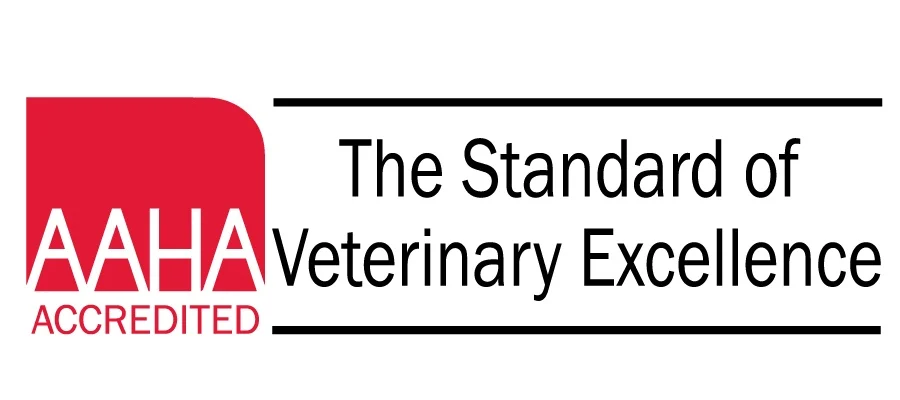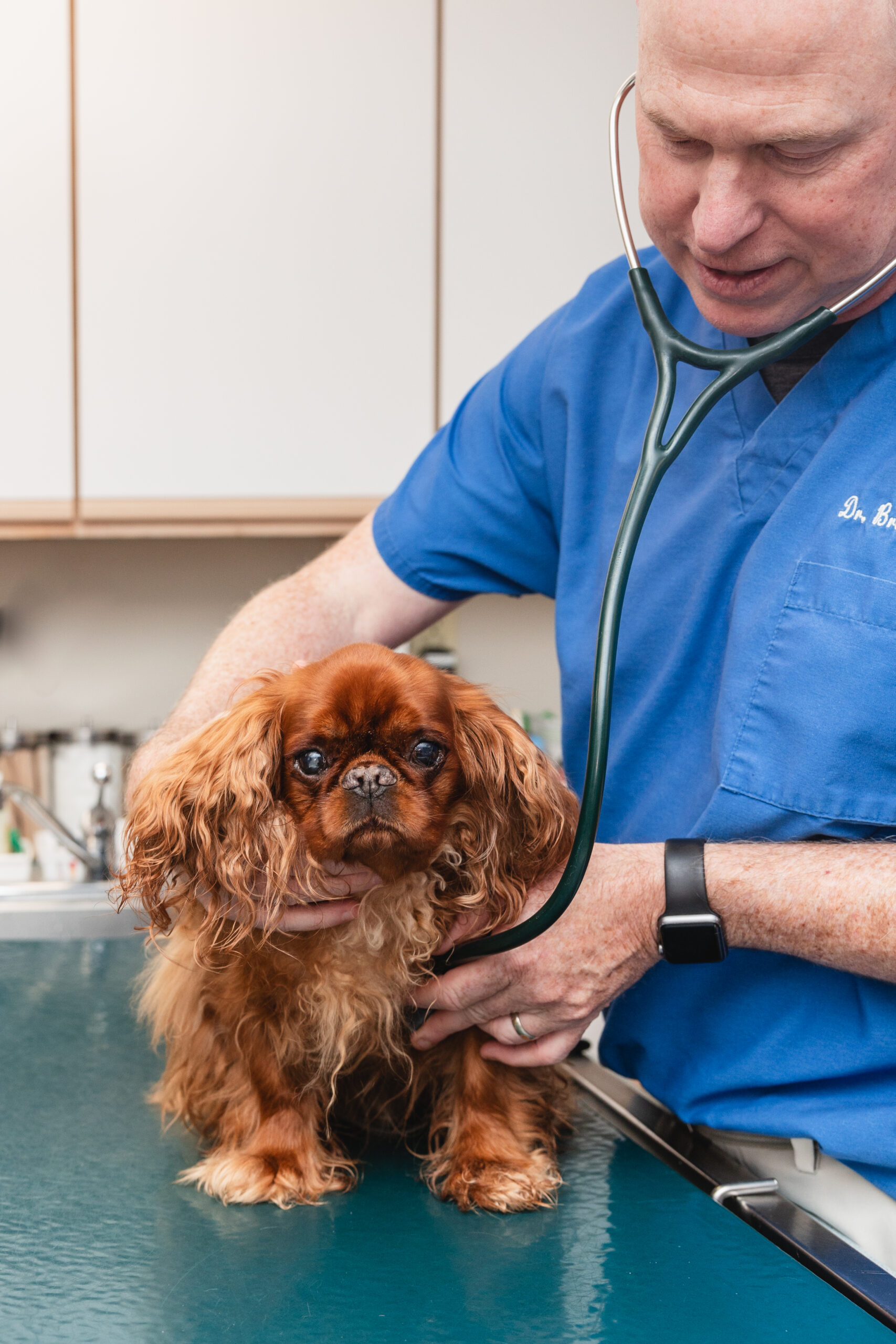Welcome to Falmouth Veterinary Hospital
At Falmouth Veterinary Hospital, we understand that your pet is an important part of your family. That’s why we strive to provide you and your pet with the best possible veterinary care.

About Our Veterinary Hospital
Falmouth Veterinary Hospital
Falmouth Veterinary Hospital would like to take this opportunity to welcome you, your family, and your special family member to our website. It is our hope that you will learn more about our dedication to your family and the quality veterinary medicine and service we provide. At Falmouth Veterinary Hospital, your pets are treated like family, and we look forward to being there for them every step of the way.
Complete Veterinary Care in Falmouth, ME
Falmouth Veterinary Hospital provides Greater Portland, Maine pets with wellness care, prevention, diagnostics, treatments, grooming and more. We offer a wide array of veterinary services for dogs, cats, rabbits, ferrets, guinea pigs, hamsters and other “pocket pets.”
Pet Dentistry
Pet Online Pharmacy
Pet Wellness Exams
Pet Laparoscopic Procedures

Our Team
Meet Our Veterinarians
Our goal here at Falmouth Veterinary Hospital has always been to assemble a veterinary health care team committed to providing exceptional client service and veterinary health care. The Falmouth Veterinary Hospital team displays an unrivaled commitment to our clients through continuing education, technological advances in veterinary medicine and service, and most importantly, administering compassionate care to all pets entrusted to us.
Thank You For Your Kind Words
We value your confidence in our veterinary staff to provide for your pet’s medical needs.
